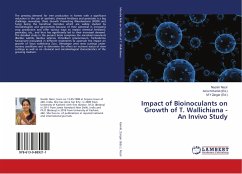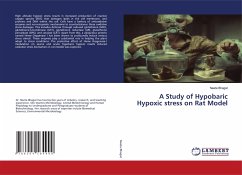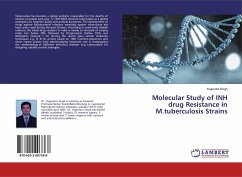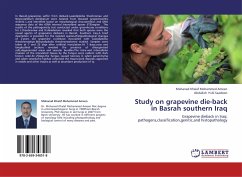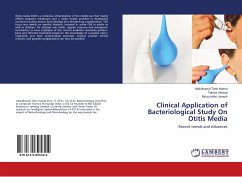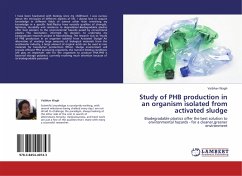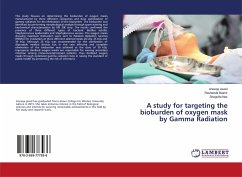
Study of Micromycetes
Isolation, Cultivation, Purification, Identification and Preservation
Versandkostenfrei!
Versandfertig in 6-10 Tagen
32,99 €
inkl. MwSt.

PAYBACK Punkte
16 °P sammeln!
Identification and conservation of microorganism s biodiversity is very important for the service of mankind. Microorganisms (Fungi and Bacteria) are conserved in living states in the form of cultures. For proper growth requirements, different techniques are essential for culturing. Organisms causing disease are either present on the surface of leaf, branch, fruit, stem and roots or inside the plant tissues of these parts or on seed or inside the seed tissues. For efficient plant disease identification, it is essential that the plant pathologist should be well aware in the identification of pa...
Identification and conservation of microorganism s biodiversity is very important for the service of mankind. Microorganisms (Fungi and Bacteria) are conserved in living states in the form of cultures. For proper growth requirements, different techniques are essential for culturing. Organisms causing disease are either present on the surface of leaf, branch, fruit, stem and roots or inside the plant tissues of these parts or on seed or inside the seed tissues. For efficient plant disease identification, it is essential that the plant pathologist should be well aware in the identification of pathogens and has good command and knowledge of identification and characters of pathogens. Before starting the isolation of any pathogen from a disease specimen of any plant, it is necessary to know the basic techniques for isolation of pathogen. Scientists isolating microorganisms may have a variety of objectives. They may be involved in environmental, taxonomic, agricultural or biochemical research, or be interested in screening for novel products that may have commercial value and for the purposes of describing new taxa and to act as essential reference standards for future study.




